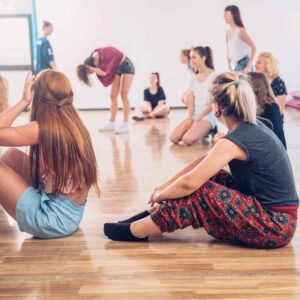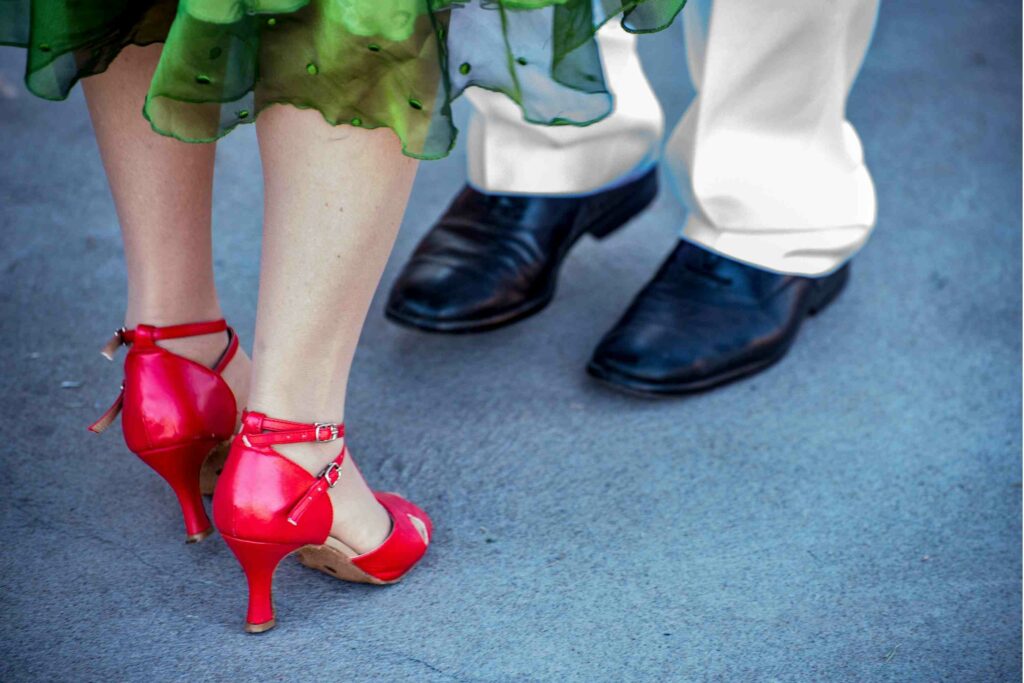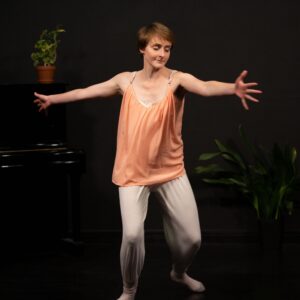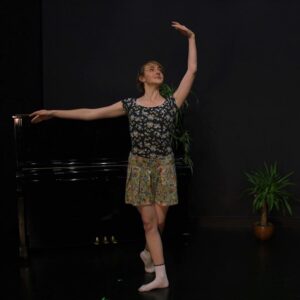From dance spectator to dance class aficionado, Lorna V overcame her fear of dance classes and never looked back
After I interviewed the late Susan Jeffers, one of the first and most influential female self-development gurus, I decided to apply her Feel the Fear and Do it Anyway philosophy to my fear of dance classes. That person who goes left in the Zumba class when everyone is going right? That one who goes back-step-all-over when dance aerobics instructor repeats forward back-back? Well that was me after I conquered the fear. I was the clown creating havoc in an otherwise harmonious sea of movement.
If there is a dance equivalent of dyslexia, I was dys-steptic. Add to that something missing in my brain that could never match the movement to the rhythm, zero coordination, and there you have it: hopeless at dance classes. Given Abba, Madonna, and any of the Jacksons, I was in my element freestyling at cheesy discos and weddings, but presented with the simplest instruction to step with others around me, I was a liability.
I loved dance. I regularly went to Sadler’s Wells and indulged in passing fantasies of dancing ballet, contemporary jazz, and especially flamenco. On holiday in Cyprus and Greece I enjoyed the dances of my heritage –from a taverna chair. Not all of us can do ‘proper’ dancing, right? As the history of Strictly Come Dancing proves, we’re a nation that loves watching ‘proper’ dancing from the comfort of our sofas.
Kinaesthetic learning
 The turning point came when I took a salsa class with Kerry Ribchester, an instructor who claimed that she could teach anyone to dance. I was working at Time Out London and salsa was exploding all over the capital. What about those of us who can’t dance? In the name of a journalist’s angle I felt the fear (again) and did it anyway. Kerry’s approach changed my life. It’s not so much the fear I need to feel. What I learnt from Kerry is that I’m a kinaesthetic learner who needs to * feel * the instruction in my body.
The turning point came when I took a salsa class with Kerry Ribchester, an instructor who claimed that she could teach anyone to dance. I was working at Time Out London and salsa was exploding all over the capital. What about those of us who can’t dance? In the name of a journalist’s angle I felt the fear (again) and did it anyway. Kerry’s approach changed my life. It’s not so much the fear I need to feel. What I learnt from Kerry is that I’m a kinaesthetic learner who needs to * feel * the instruction in my body.
If we apply the learning styles known as VARK ( visual, aural, read/write and kinaesthetic) to dance, this means each of us learns predominantly from one of the following modes: watching the dance instructor, listening to the instruction, taking notes, or feeling the movement. Those of us who learn kinaesthetically might be slow at remembering a step until it gets into our muscle memory, but once we get it, we’re up and away. We might need the teacher to take us through the movement or explain how it feels in the body.
Once my mindset switched to ‘I can do it with the right teacher’ and in a supportive environment (not swish gyms or chi chi dance centres with attitude) life changed. The biggest lesson from Susan Jeffers wasn’t so much taking the plunge but taking my time and being patient with myself. That meant finding the right classes for me, leaving the wrong ones, and owning my slowness. I discovered Argentine Tango by accident and slowly learnt one of the hardest dances. This gave me the confidence more recently to start learning my own (Greek) culture’s dancing. I even swapped the gym’s Zumba for a more hardcore step aerobics class with intricate choreography involving a scary step bench.
Online Dance Classes
Fast forward to the pandemic and it was online dance classes that fired up my endorphins, got my heart rate beating, and made me smile no matter what. I did a weekly live class with emberly’s Maeve McGreevy throughout the first lockdown, transforming from hunched-over-pc-shoulders to a semblance of decent posture within seconds of seeing Maeve’s welcoming smile and poise on Zoom. Yes it might take two to tango, but when it comes to posture, solo tango technique works for me. I could easily follow Maeve’s classes because she always physically marked through the exercises at a steady pace, so I could find and feel the positions before then dancing them through with music.
‘A luxury of an on-demand online course is that you can repeat as many times as you wish.’
Then emberly launched Maeve’s on-demand online courses Ballet Basics and Introduction to Contemporary Dance. I asked Maeve for her take on kinaesthetic learning and teaching online: ‘Repetition is key so that we can more fully experience movement and focus on feeling how we dance instead of thinking about what the steps are meant to be,’ she says. ‘A luxury of an on-demand online course is that you can repeat as many times as you wish. I would encourage students both in live and on-demand online classes to work through the exercises at the same time as me during explanations in order to begin creating and recognising the physical pathways as well as hearing any details vocally.’
I can finally indulge those Sadler’s Wells ballet and contemporary dance fantasies without feeling any fear. And that feels good.
I’m always keen to hear from others who crossed from fear to love of dance classes, so please share your journey in the comments. What was the turning point for you? Has dance changed your life?





